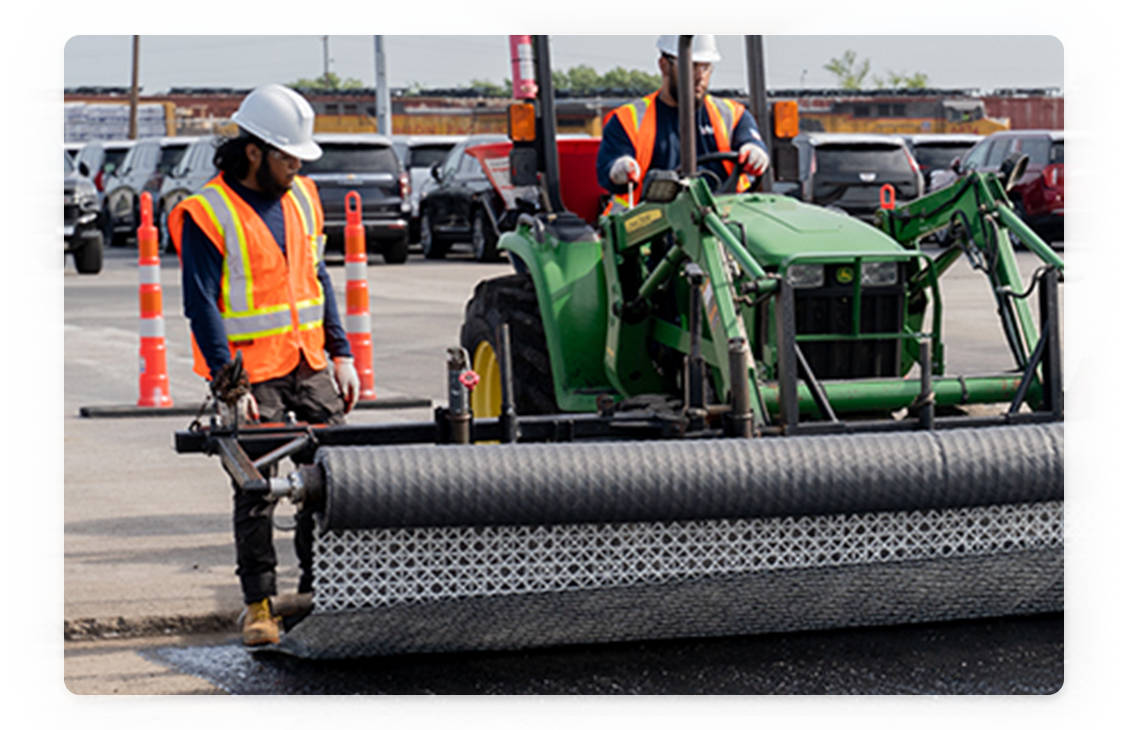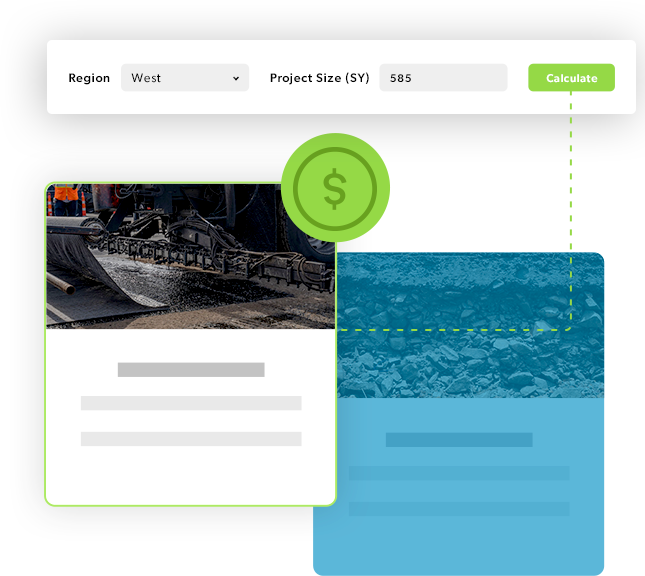
What are geosynthetics?
A rapidly growing necessity and indispensable economical solution for improving the efficiency and cost of terrain stabilization,
geosynthetics are planar products manufactured from durable polyethylene or polypropylene polymer material.
Their high quality,quick installment, and economic value make geosynthetics an excellent solution for application in soil, rock, earth, or other
geotechnical engineering-related applications as integral parts of man-made projects, structures, or systems.

Though made for various functions and forms, geosynthetics provide the same purpose: to lessen the impact water has on the soil. Geosynthetics can be
buried underground, underwater, and built into walls without experiencing rapid biodegradation. It is a cost-effective alternative to other expensive
stabilization methods such as dewatering, excavation, and replacement using chemical stabilization. Because of their durablity, most every manufacturing
and building process can use geosynthetics. Here are just a few of the wide range of applications for geosynthetics in the civil and geotechnical markets:
• Roads
• Airfields
• Railroads
• Embankments
• Retaining Structures
• Reservoirs
• Canals
• Dams
• Erosion Control
• Sediment Control
• Landfill Liners
• Landfill Covers
• Mining
• Agriculture

Now that you know what geosynthetics are and their wide range for application, here is your overview of the eight distinct types of geosynthetics.
Geotextiles
Geotextiles are permeable fabrics that can separate, filter, reinforce, protect, or drain when used in association with soil.
Geogrids
Geogrids support retaining walls and subbases or subsoils below roads or structures to reinforce soils and similar materials. Learn more about Geogrids here.
Geonets
Similar in structure to a geogrid, geonets consist of integrally connected parallel sets of ribs overlying similar sets at various angles for in-plane drainage of liquids or gases.
Geomembranes
Geomembranes are a low permeability synthetic membrane liner or barrier used with any geotechnical engineering-related material to control fluid (or gas) migration in a human-made project, structure, or system.
Geosynthetic Clay Liners
A geotextile and bentonite composite, geosynthetic clay liners offer a long-lasting resistance to physical or chemical breakdown in harsh elements.
Geocells
Cellular confinement systems —also known as geocells—are widely used in construction for erosion control, soil stabilization on flat ground and steep slopes, channel protection, and structural reinforcement for load support and earth retention.
Geocomposites / Geopipes
Geocomposites are multi-planar materials used to accelerate drainage behind retaining walls, reinforced earth slopes, roadway subbases, and other water-bearing structures.
Geopipes (perforated pipes) are also used primarily for transmission or drainage in a variety of civil applications. These technologies offer a small footprint to improve overall drainage on a site.
Separation of Soil
Provide a barrier to dissimilar materials’ to keep the in situ soil and imported materials’ integrity and function. Placing flexible geosynthetic material like a geotextile between
two properties creates a separating layer ensuring both materials can remain intact or improved. The common applications are the optimization of paved roads, unpaved roads, and railroad bases.
Reinforcement
Add tensile strength to a soil mass to improve a total system's stability. Applying a geotextile, geogrid, or geocell into the soil or separated material uses the positive tension of the geosynthetics to
support soil that is good in compression but lacks tension. The common application is mechanically stabilized and retained earth walls and steep soil slopes, basal reinforcement over soft soils,
and deep foundations for embankments and heavy surface loadings.
Filtration
Allowance of cross-plane fluid flow across the plane of the geosynthetic. The geosynthetic allows liquid flow across its plane while retaining fine particles such as soil. This creates a balance between soil-to-geosynthetic interaction, allowing for adequate liquid flow over a service lifetime compatible with the application under consideration. Filtration applications include highway underdrain systems, retaining wall drainage, landfill leachate collection systems, silt fences and curtains, and flexible forms for bags, tubes, and containers.
Drainage
Allowance of in-plane liquid flow within the plane of the geosynthetic. The geosynthetic allows an adequate flow within its plane without soil loss. Thus, creating a balance between soil-to-geosynthetic interaction, and allowing for adequate flow over a service lifetime compatible with the application under consideration. Drainage applications for these different geosynthetics are retaining walls, sports fields, dams, canals, reservoirs, and capillary breaks between dissimilar materials.

Typically manufactured and designed to perform one of the functions noted above, a particular geosynthetic may simultaneously perform multiple functions. Geosynthetic materials are utilized for all construction stages to strengthen infrastructure by improving road design, preserving water, controlling evaporation, limiting erosion, and enhancing the longevity, resilience, and safety of structures. They also protect the environment and promote a more vital planet through the conservation of energy and the earth's resources through the production of durable and sustainable systems.
The benefits of geosynthetics are prominent in the design and construction of all roads, highways, and yards, improving the roadway structure, reducing maintenance cycles, and increasing its lifespan. Take a moment to learn more about the benefits of using geosynthetics to enhance and optimize your next roadway and pavement project here.
Have a question, give us a call and put us to the test.
GeoSolutions provides dependable results for soil stabilization, earth retention, and soil erosion control projects utilizing geotextiles and geogrids, earth anchors, walls and slopes, turf reinforcement, revegetation, containment, and geomembrane liners, and more. Contact Us Now


